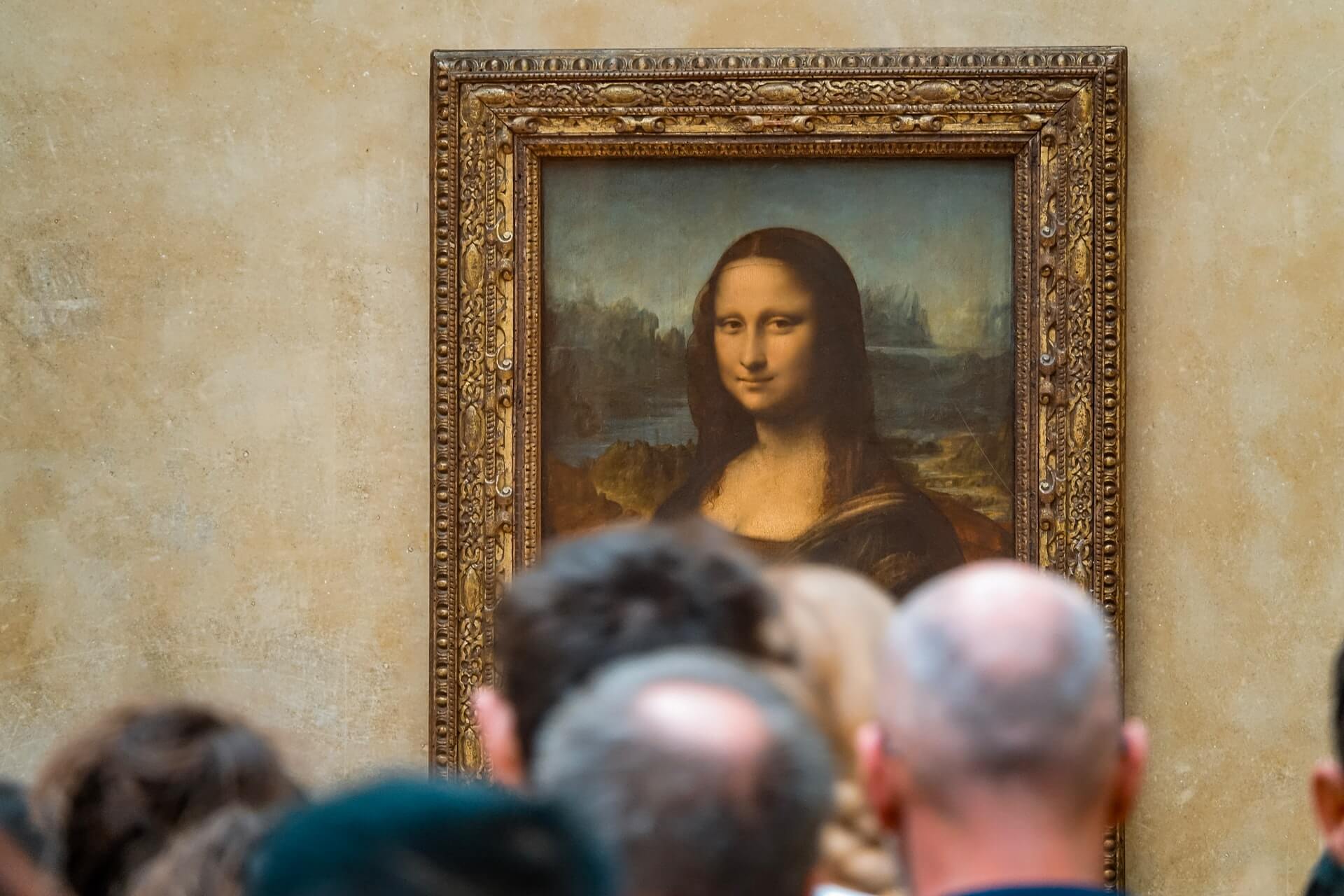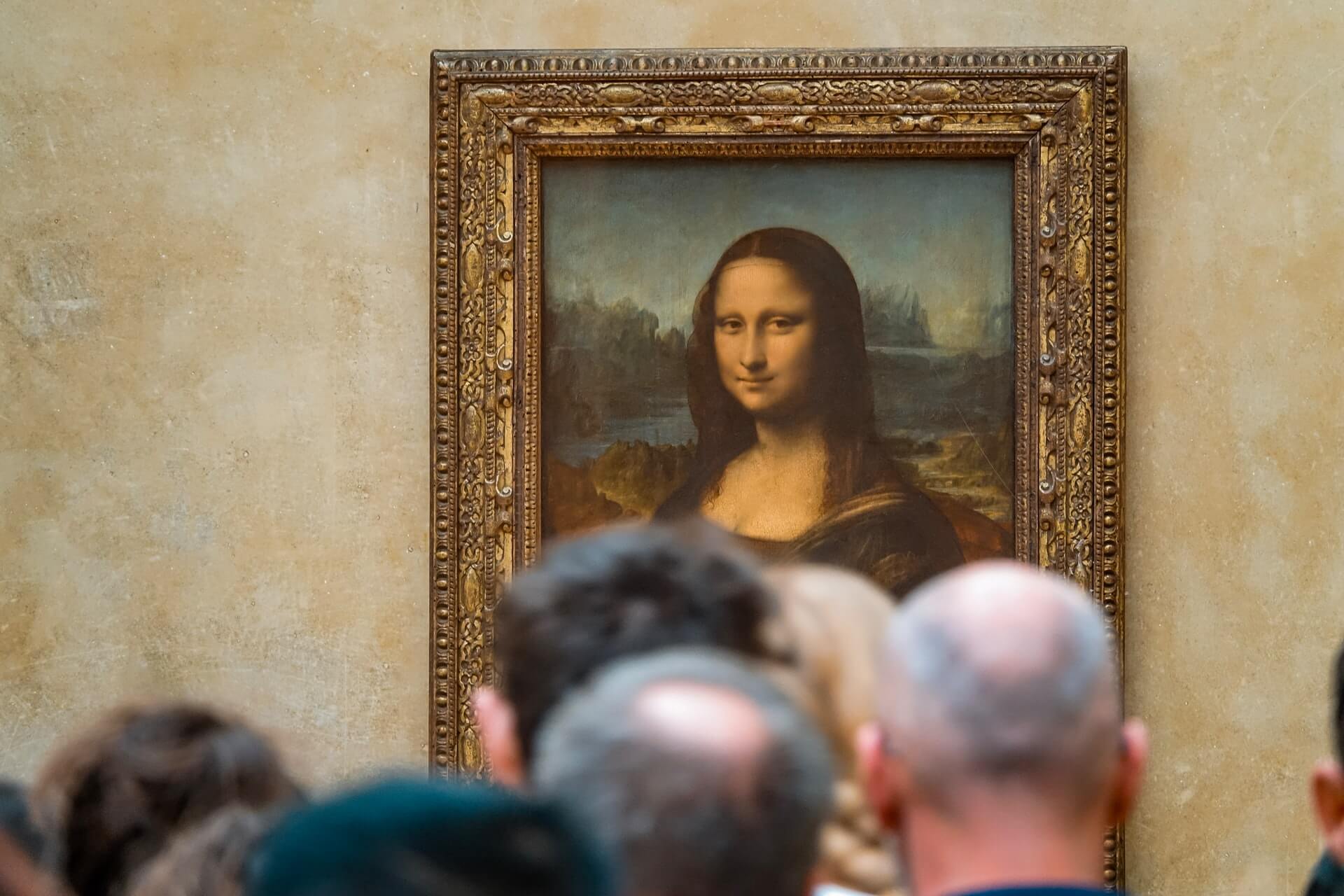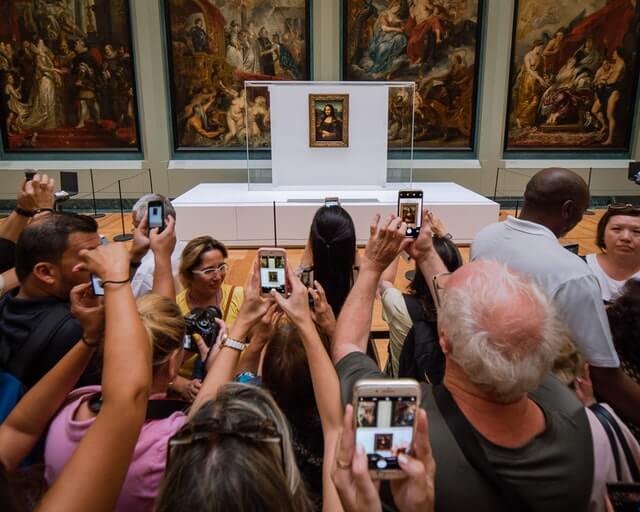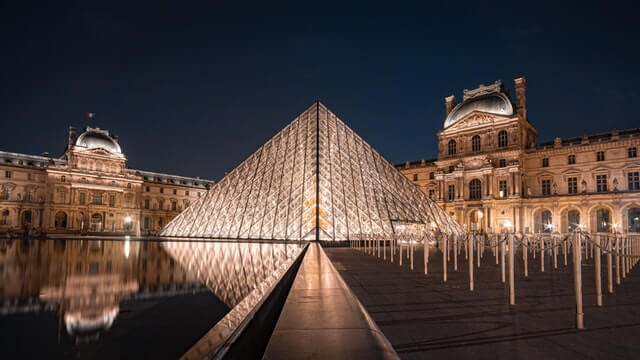
The most popular painting Mona Lisa was painted by the popular Italian artist Leonardo Da Vinci. It was painted roughly around 1503 to 1506, but some people suspect that Vinci continued working on the painting until 1517.
All want to know about the famous figure in the painting that Vinci painted. The figure of the half-length portrait is believed to be Lisa Gherardini, the wife of Francesco del Giocondo, a wealthy Florentine Silk Merchant. The dimension of the portrait is 30 inches X 21 inches and was painted on a white poplar panel.
Leonardo Da Vinci started working on the painting in Italy, and he finished it while living in France. Later the painting was acquired by the French king Francis (I), and it became a property of the French Republic. The painting has been on display in one of the most famous museums in the world called the Paris Louvre since 1797.
These are some of the famously known information about the painting Mona Lisa. Now we will look into some of the unknown and mysterious facts of this famous painting. So, let’s begin-
27 Mona Lisa Facts for kids
- The actual name of the Mona Lisa was Monna Lisa. Now it is popularly called Mona due to a spelling mistake; the name remained Mona Lisa.
- The signification of the name Monna is “Madonna,” which translates to “My Lady.”
- There is a continuous debate about the figure in the portrait. Although it is dominantly believed that it was the portrait of Lisa Gherardini, yet some people think of it as the self-portrait of Vinci himself.
- Lisa Gherardini was a mother of two and was believed to be around twenty-four years old when the painting was made.
- The figure in the painting has no eyebrows and eyelashes. The reason behind this has been debated for many years. Opinions differ in this regard; some believed that Da Vinci never completed the painting; hence the eyelashes and eyebrows are missing. Others are of the opinion that these got removed accidentally during a restoration.
- In 1911, the Mona Lisa painting disappeared from the Louvre. Pablo Picasso was one of the suspects for the theft, and he was jailed and interrogated in this regard.
- In 1913 people got to know that Vincenzo Perugia was the actual thief. He was working in the Louvre and kept it in his apartment for two years. He believed that the painting belongs to Italy and should be in its actual place. He was arrested when he tried to sell the painting to a gallery in Florence, Italy.
- The artistry and intelligence of Vinci have made Mona Lisa a priceless painting, and it can’t be sold for any price.
- The painting is kept in the Louvre with high tight security. The room where it’s kept is climate controlled and has a bulletproof protective glass cover. This guard room has cost around $7 million.
- The reason for such tight security is that the painting was purposefully damaged in 1956. A portion of the painting was damaged when Ugo Ungaza threw a stone at it.
- Paris Louvre has around 6000 other paintings, but 90% of the visitors only go to see the Mona Lisa.
- Mona Lisa has her own mailbox in the Louvre due to all the love letters she receives.
- According to the French Heritage law, the Mona Lisa painting belongs to the public; hence it can’t be sold.
- There were several attacks on the Mona Lisa painting. In the year 1956, someone threw acid on the painting.
- Luc Maspero, a french artist, threw himself out of a 4th story building in 1852 from a Paris hotel. He left a suicide note saying- “for years I have grappled with her smile, I prefer to die.”
- A 2007 study shows that Mona Lisa was originally painted with eyebrows that gradually disappeared due to over cleaning of the painting.
- The expression on Mona Lisa’s face is still a topic of debate. In 2005 her face was studied using software called emotion recognition. The results say that her face looks 83% happy, 6% fearful, 9% disgusted, and 2% angry.
- The portrait was not painted on canvas. Instead, it was painted on wood.
- Napoleon used to hang the Mona Lisa painting in his bedroom.
- Francesco del Giocondo, although paid Da Vinci to paint his wife’s portrait, Vinci did not hand it over to Giocondo. He instead took the painting with himself to France and continued working on it till he died.
- In 1974 again, the painting was attempted to be damaged by a woman. She spray painted the portrait red as a way of protest because the museum was failing to give access to disabled people. The painting, however, remained undamaged as it was behind protective glass.
- A Japanese artist in 1983 tried to paint a replica of the Mona Lisa on a piece of toast.
- Napoleon Bonaparte was very affectionate with the Mona Lisa portrait. He referred to her as Madame Lisa and called her the Sphinx of the Orient.
- In the portrait, Vinci Employed a technique called sfumato. The painting has a blurring effect around the eyes and mouth.
- Leonardo Da Vinci was around 51 years old when he started working on the Mona Lisa.
- After Leonardo Da Vinci died, the painting was inherited by his assistant Salai. King Francois most probably bought the painting from Salai, and that is how Mona Lisa became a property of France.
- More than six million people visit the Paris Louvre every year to see Mona Lisa. Each visitor can spend about thirty seconds to see the portrait due to a large number of visitors the museum receives every day.
Conclusion
These are some fascinating facts about the Mona Lisa painting, painted by the world-famous artist Leonardo Da Vinci. The painting holds undeniable importance in the world of art and is a living mystery for people.
Thousands of researches have been conducted to solve the mystery of the painting, and these researches are still going on. Whatever has been discovered and concluded till now, it can be said that the portrait is a product of unparalleled genius.
Mona Lisa Pictures



Additional Resources about Mona Lisa
- Art Facts – Good article with art facts
- More Mona Lisa – Learn more about the Mona Lisa
- Facts Retriever – Learn Mona Lisa information
